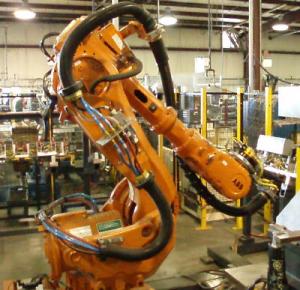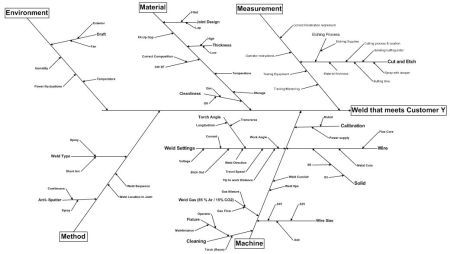As an AWS CWI/CW Level II, Dustin Sharp contacted me with this question:
“I have read your blog and would appreciate your perspective on the need for skilled non-WE technicians/inspectors in the industry.”
This started a valuable discussion that I think others could assist with:
Dustin – Thank you for your comments and question. If you were implying that this area is thinly covered on my blog, you are exactly right. As with many uncovered but valuable areas, I just haven’t gotten to them yet.
There is no question in my mind that there’s a great need – as you say – for “skilled non-WE technicians/inspectors in the industry”. The level of that need depends on what the exact industry is, more specific than the “welding industry” which includes everything that gets welded. The more welding codes involved, the more exotic the materials, the thicker the materials, the more demanding the customer application, and the lower the annual volumes, the more likely it is that many or all of the customers will require a CWI environment in order to assure quality and reduce risks. (On the other hand, the more basic the materials, the thinner, and the higher the annual volumes, the more likely it is to be a welding automation environment with fixed pre-agreed quality procedures in which CWI’s are not considered to be value-added.)
In manual welding environments these skilled technicians provide valuable, accurate on-the-floor analysis of welding quality, and to varying degrees a source of techniques and hands-on training. In many cases (especially true if there is no WE), it takes a CWI to establish facts of welding quality in the floor culture, and dissolve mythical opinions and expertise which are “tribally” assigned, like union seniority, to “Survivor” game-players who have “been around welding a long time” – rather than to people who are qualified and know what they are talking about. In the absence of these technicians, a Welding Engineer will spend a great deal of time in welding, yet be stripped of a lot of time to engineer.
(Brian)
Brian – Well stated, and thank you for the response. As someone who continually aspires to stay on the forefront of industry knowledge, I value your opinion.
I agree that in cases in involving; high tolerances, exotic materials, short run productions that a non-WE weld specialist should, or can be quite valuable. The industries that I would think to be most benefited through this function would be, as you stated, ones that deal with strict/exacting codes and standards. Aerospace, Nuclear, Oil&Gas, Pressure Piping/Vessels, and to some extent Large Scale Construction (Building,DOT) all present these code challenges and demand a highly skilled weld group (welders, supervisors, inspectors, engineers.)
Now, that is what I have thought to be true concerning the need for these non-WE specialists.
The absence of not only skilled WE, but knowledgeable specialists can be detrimental or at the very least counterproductive in many industries. Being a welder/fabricator for the duration of my career I have seen first hand the effect of “tribally assigned experts” bringing at times nothing more to the table than inflexibility, rhetoric, and limited knowledge of why a process/procedure is or is not working well.
Now trying to market yourself as more than just an overqualified welder — that’s a challenge.
(Dustin)
That’s been our discussion so far. Since I’ve spent the last 15 years in welding automation, I’ve had no need to get a CWI certificate or build a CWI environment. But that’s all going to change over the next several months as I move into a highly mixed production environment with thousands of welded assembly designs. Meanwhile, please feel free to contribute in comments!



 Posted by Brian Dobben
Posted by Brian Dobben 





